Ada's List
Improving relationship building for female changemakers in tech
Discovery Research | Strategy
Project Overview
Client: Ada’s List is a global network of 7300 women in technology who are on a platform where they can talk off-the-record about professional and tech-related topics.
My role: Design Researcher
Timeline: 2.5 months
Tools: Pen/paper, Zoom, Miro, Sketch
Research methods: Focus groups, discovery research, usability testing, moderated remote 1:1 interviews, moderated remote group discussion
Deliverables: A report outlining what’s working, what the major issues are and suggestions how to resolve them, two sets of personas
The problem
Ada’s List is a global community that has amassed a huge following, however Ada’s List didn’t know who their community was: where members were located, what their jobs were, why they were interested in joining the community, what issues they were experiencing and most importantly, what did they want out of Ada’s List.
Strategy
As the solo design researcher of this project I worked closely with Ada’s List’s co-founder and designed a research plan that would allow me to get a view of the community’s composition, and to understand in depth what the goals and needs of their users were and what features and and changes we could implement to meet the goals of the diverse community makeup.
I decided on a mix of quantitative and qualitative research to maximize the insight I could get into the Ada’s List community. In gathering data from a survey to speaking to a number of members I was able to get an understanding of its current state and identify new service offers and opportunities.
Through this project I was also able to see what issues new members were experiencing when signing up for the Ada’s List platform and determined how to improve the onboarding experience. This became a secondary deliverable and is not a focus in this case study.
My process:
- Launch a global survey
- Understanding users’ needs and goals: Part 1 Conduct focus groups
- Understanding users’ needs and goals: Part 2 Perform 1:1 and group remote user interviews
- Synthesis
- Personas creation
- Learnings
1. Launch a global survey
I launched a survey via Google Forms to assess the makeup of the group. This included finding out:
- Where users were based
- What their role was
- How many years’ experience do they have in their current role
- How did they find out about Ada’s List
- What benefits did Ada’s List provide them
- How could Ada’s List be improved
- What other tech communities are they a part of and how is Ada’s List different
The full survey can be found here.
Findings from the survey gave me the data to find out who Ada’s List’s core users are so I could start forming personas and to also select participants to speak to in order to gather information on a more in-depth basis.
2. Understanding users’ needs and goals: Part 1 Conduct focus groups
In conjunction with the survey, I hosted two focus groups with current users to get a sense of how they interact with the space. The groups varied in age, job sectors and length of involvement with Ada’s List. During this time I facilitated sessions that allowed participants to give feedback and input in a safe environment, engaging in activities such as love letters, post its for prioritizing needs and pain points and dot-voting.
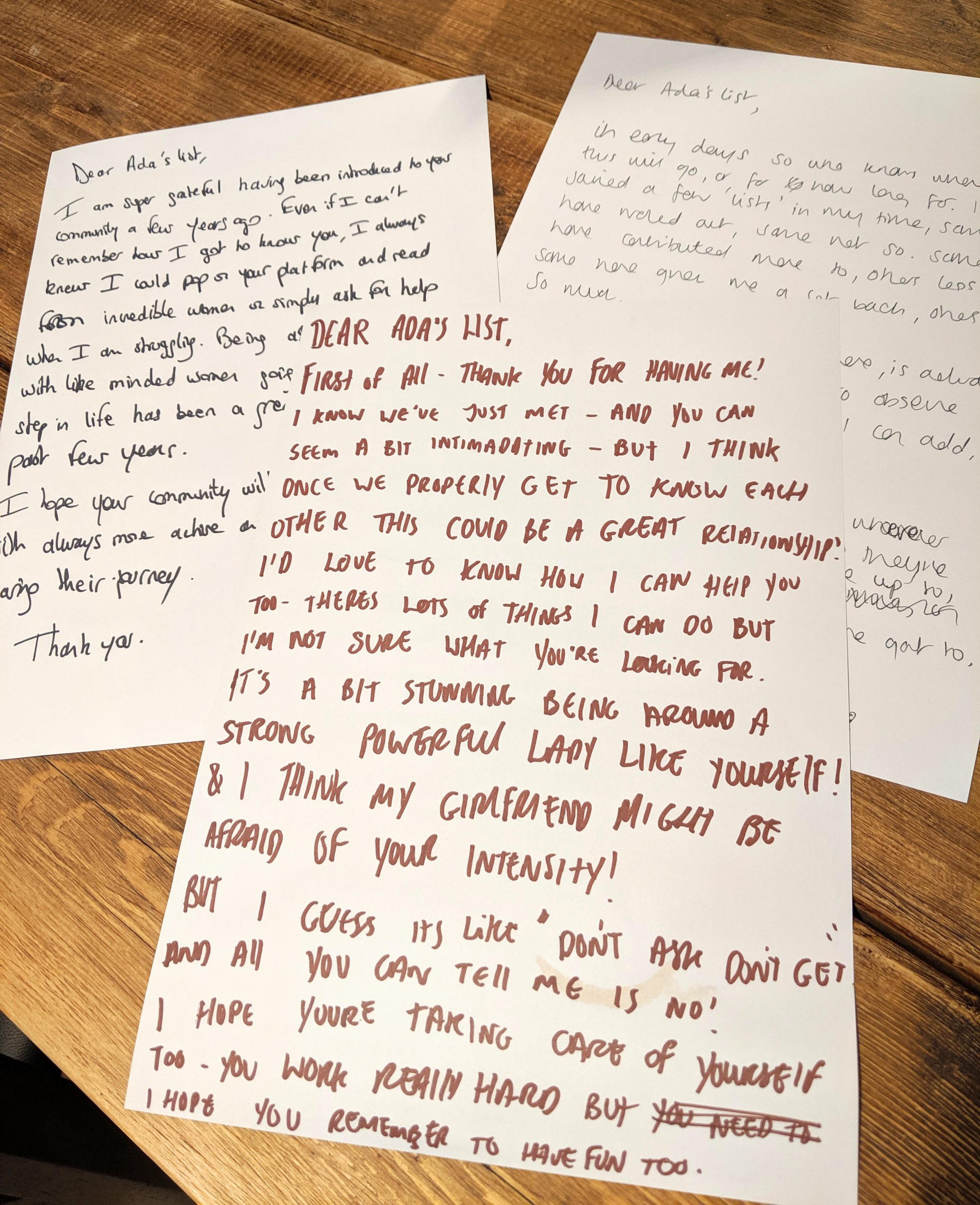
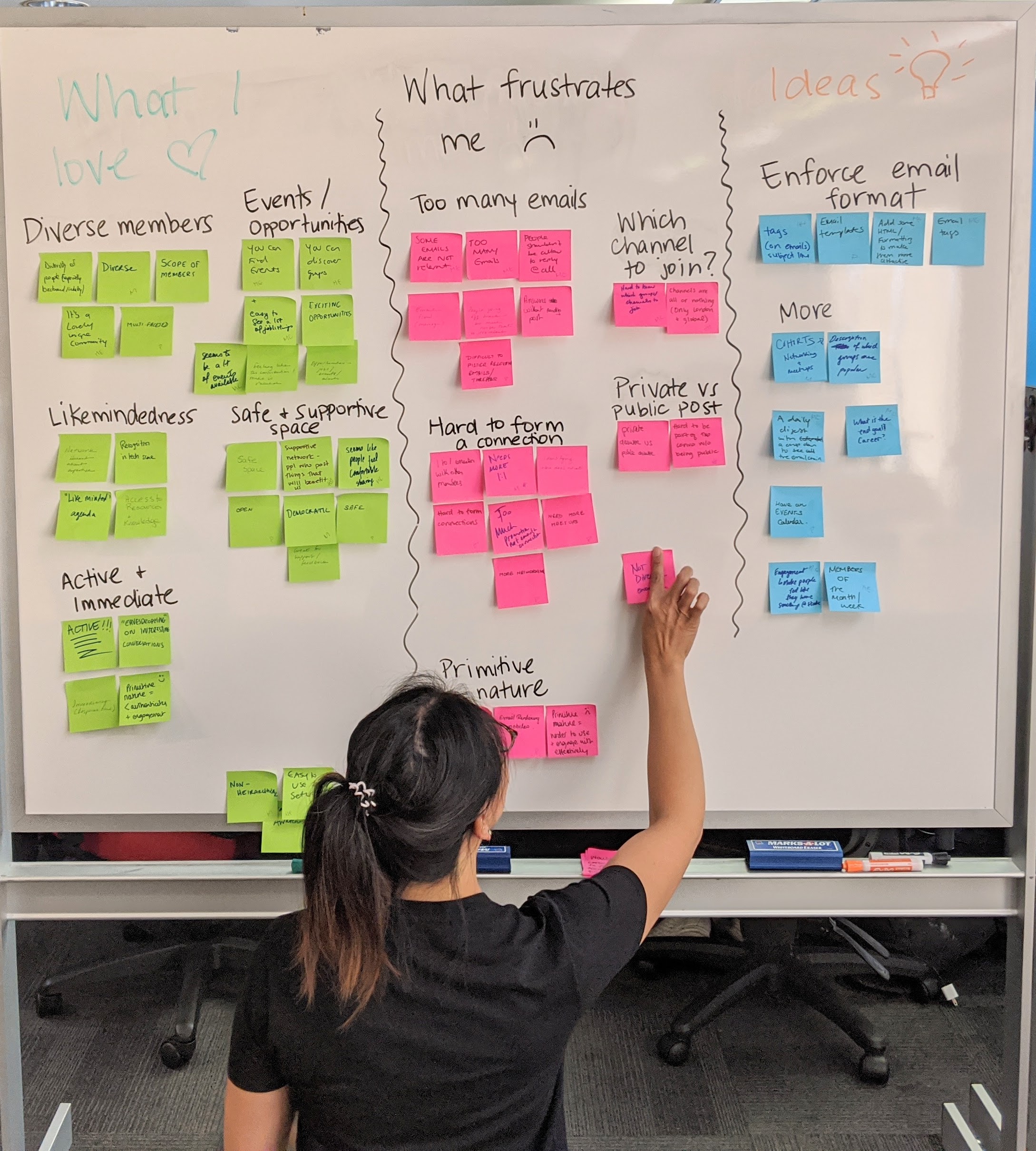
3. Understanding users’ needs and goals: Part 2 Perform 1:1 and group remote user interviews
Results from the mass survey showed there was a certain group of people whose needs from the platform could be different from others and it was a group of people we wanted to learn more about - business/startup founders.
I hosted three online group sessions and spoke to 5 users individually, speaking to a total of 11 founders on Zoom.
4. Synthesis
Directly after the interview sessions, I reviewed the videos and wrote important insights or ideas onto virtual post its on Miro. After doing this for all the sessions I then categorized the post its into different groups, which became the themes I would present in the research summary.
With these insights mapped out, I created a detailed research summary that highlighted the themes that I found, direct quotes from the interviews, as well as prioritized suggestions for direction and next steps.
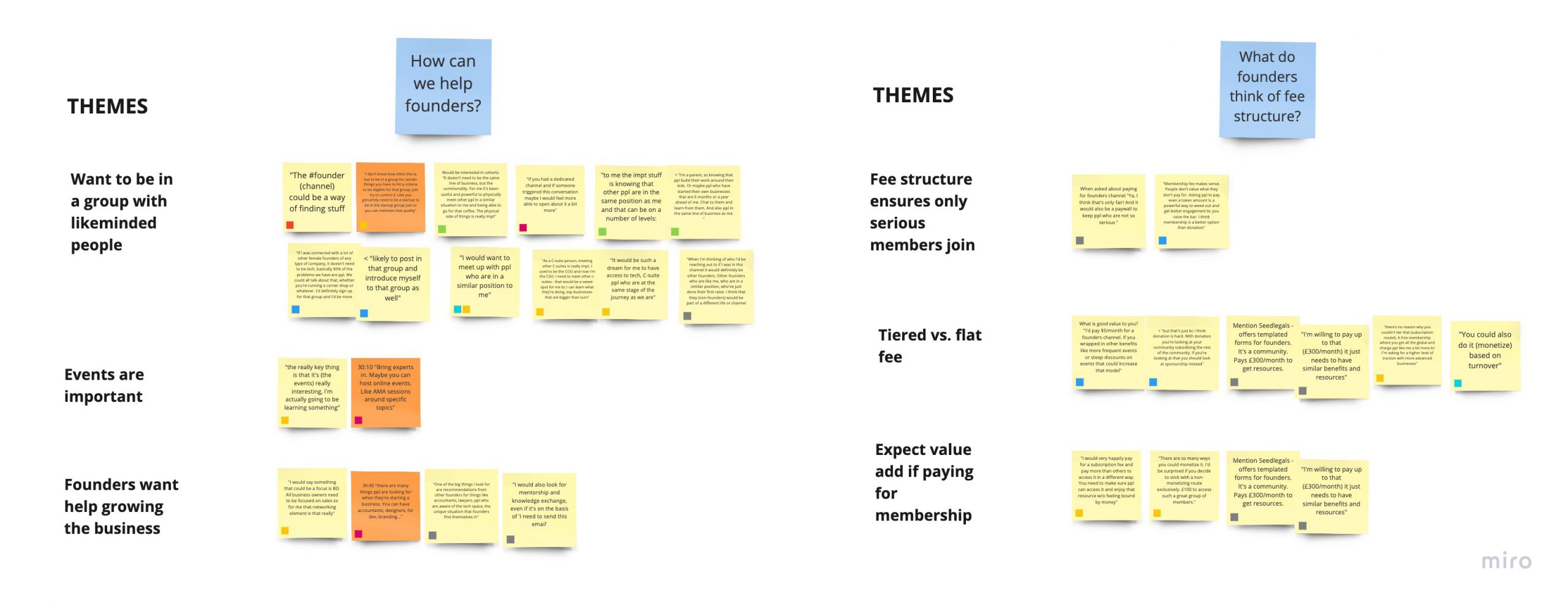
5. Personas creation
Based on the data from the global survey and from speaking to the community I identified two main personas to capture that could help the Ada’s List team better understand how these two member types differ and how to cater to each one. These personas were created using Sketch.
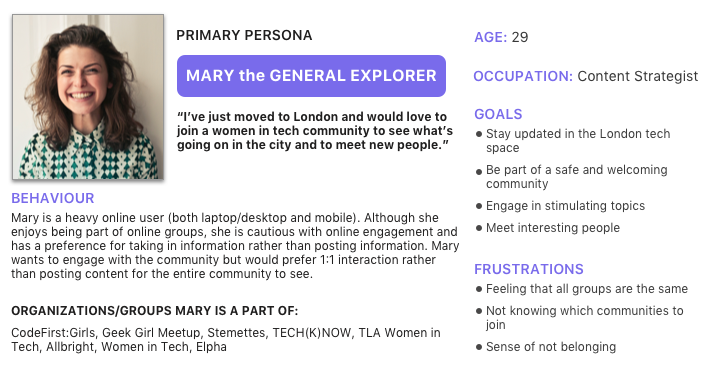
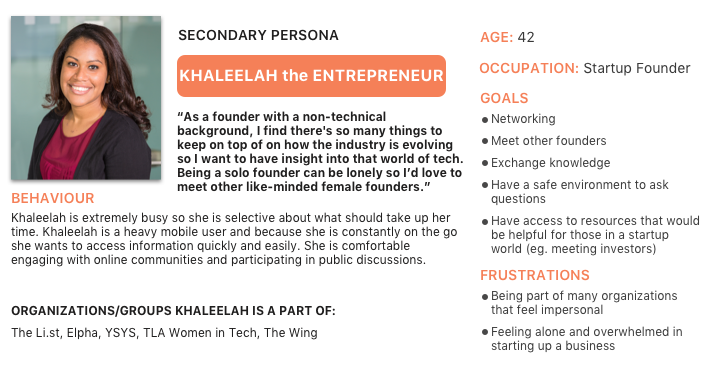
6. Takeaways
Because I was working with a global community I knew that hosting in-person group sessions wasn’t going to work for many people. I’m used to working with limited resources and constraints so I thought “no problem, online group sessions it is!”. During my first out of 3 online sessions, a couple of members didn’t use the camera, either due to technical difficulties or they didn’t feel comfortable. One of my goals as a moderator is to always ensure a safe space so I said it wasn’t a problem to leave the camera off.
I learned very quickly, however, that in not being able to see the faces of those I was speaking to, I was missing out on a lot of the social cues that enable me to do a good job as an observer. When moderating a group in person I can:
- See if others are in agreement or not (nodding/shaking head, a twitch of the mouth or eyes), which helps me to call on them to see if there’s more to contribute
- See if someone wants to speak (raising their hand, opening their mouth)
- Clearly see who’s actually speaking - with 2 black boxes on my video hangout it was at times difficult to see who was speaking if there was simultaneous discussion
- Reading social cues is lost if one can’t see a participant’s face so I ensured that for my future sessions I would get everyone’s consent beforehand so there would be no surprises once the session started.
I learned that the social cues weren’t beneficial just to me, but for others that were participating in the session as well. Once everyone could see all the faces of everyone involved the session flowed much more fluidly, meeting my goal of hosting a free-flowing discussion rather than an interview with me asking questions and getting responses to my questions in return.
View selected projects

Global energy companyA platform to update stakeholders in a crisis situation
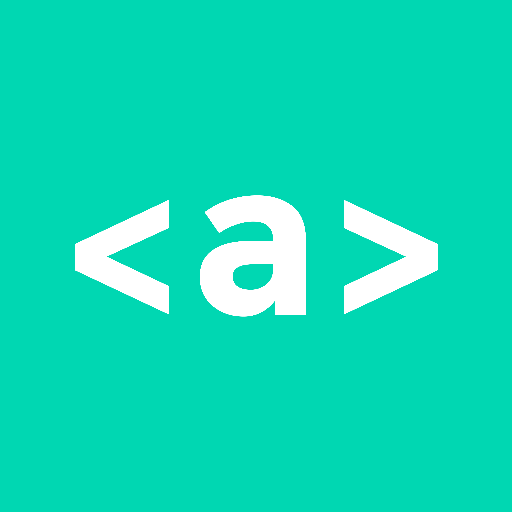
Ada's ListImproving relationship building for female changemakers in tech
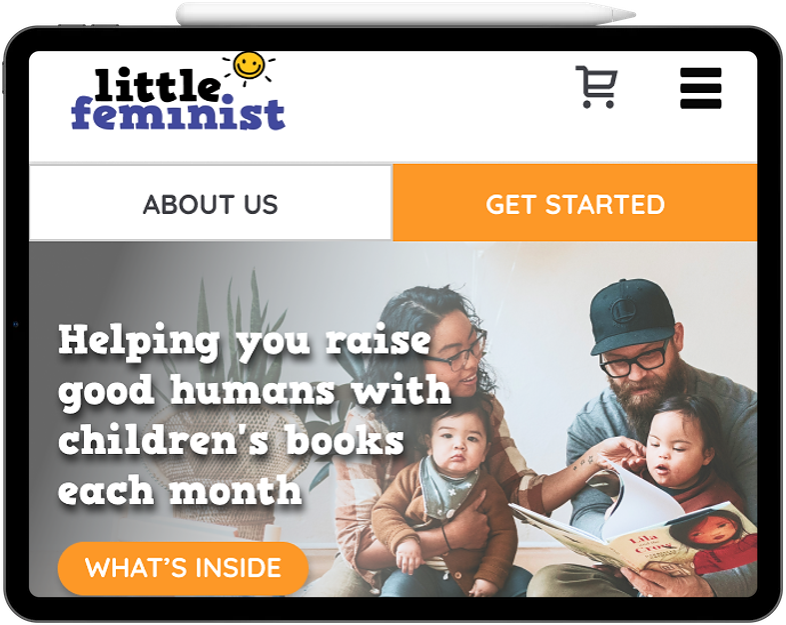
Little FeministClarifying the value proposition to increase readership
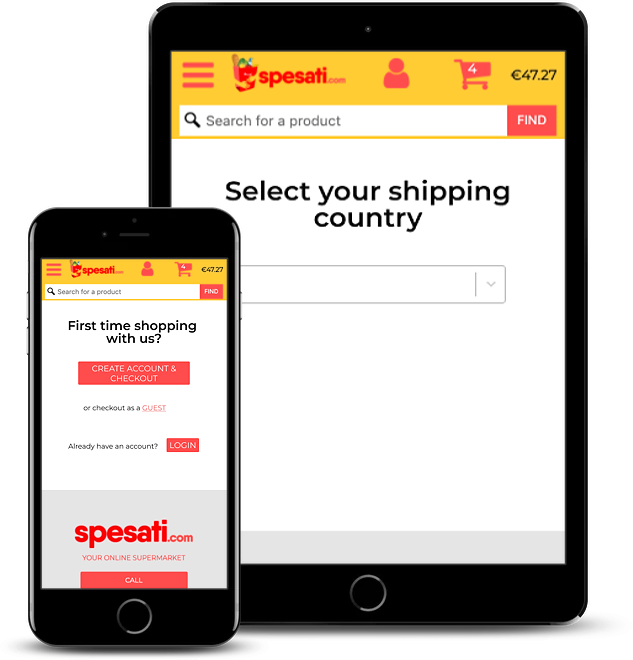
SpesatiRedesigning the checkout flow for an international audience




